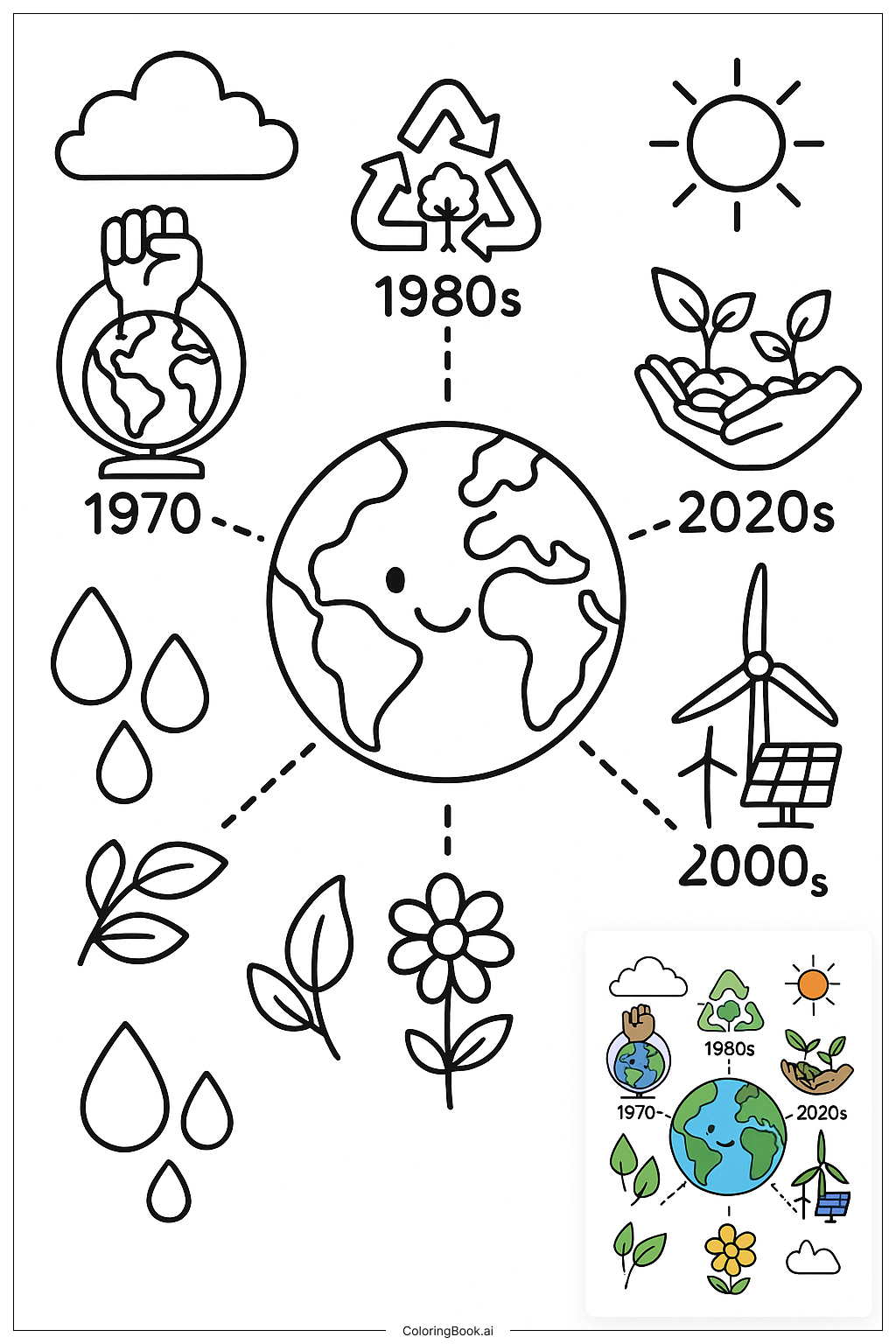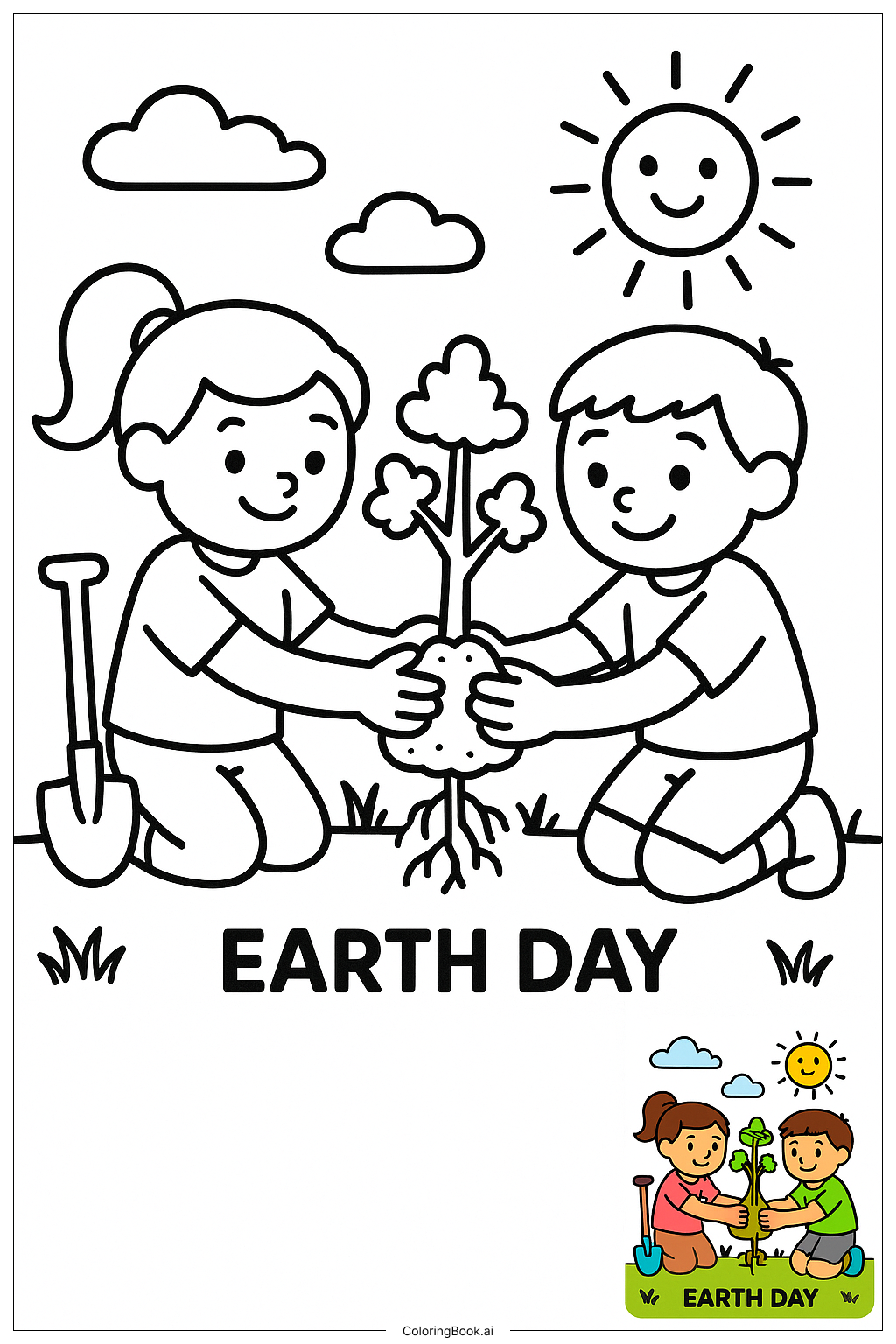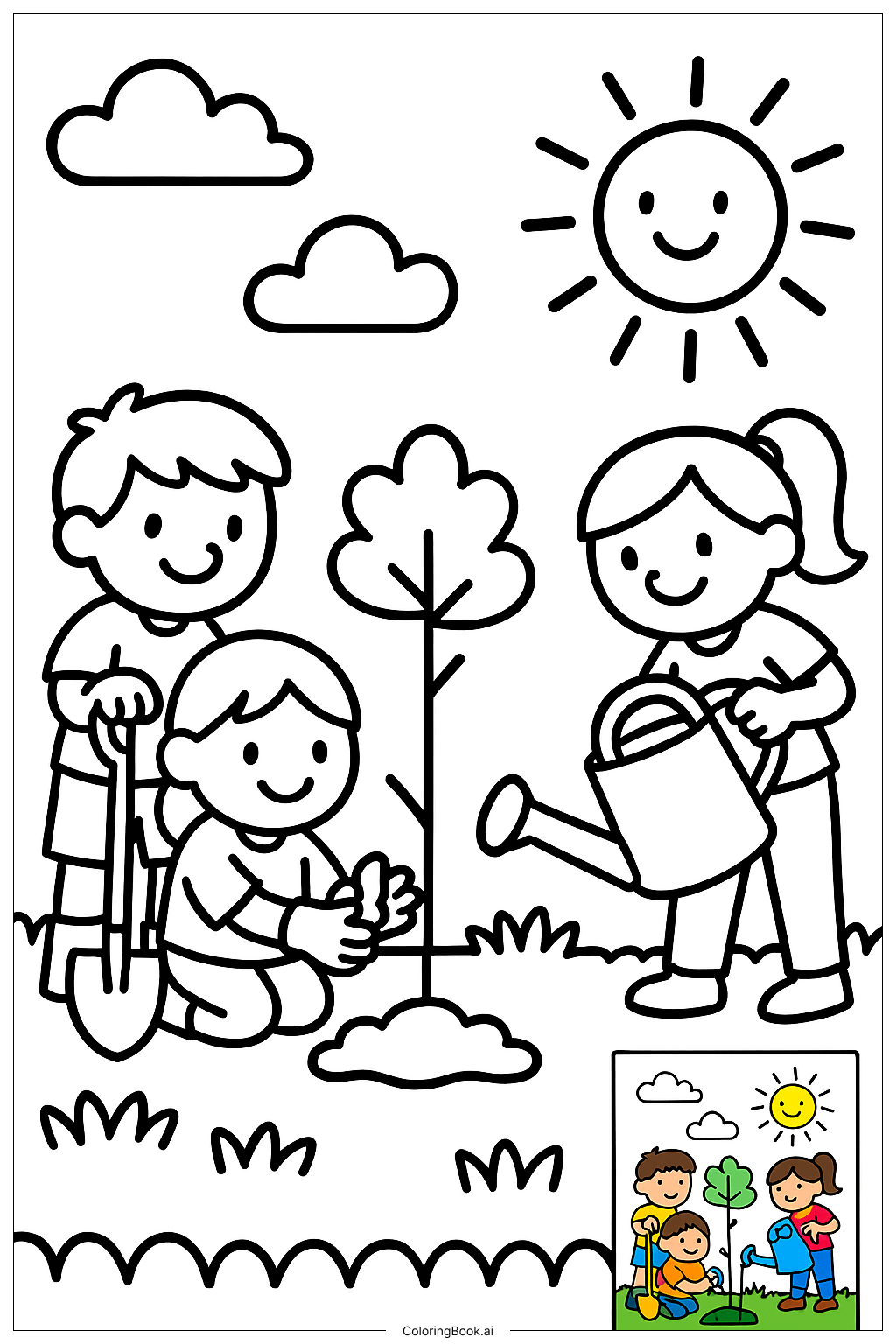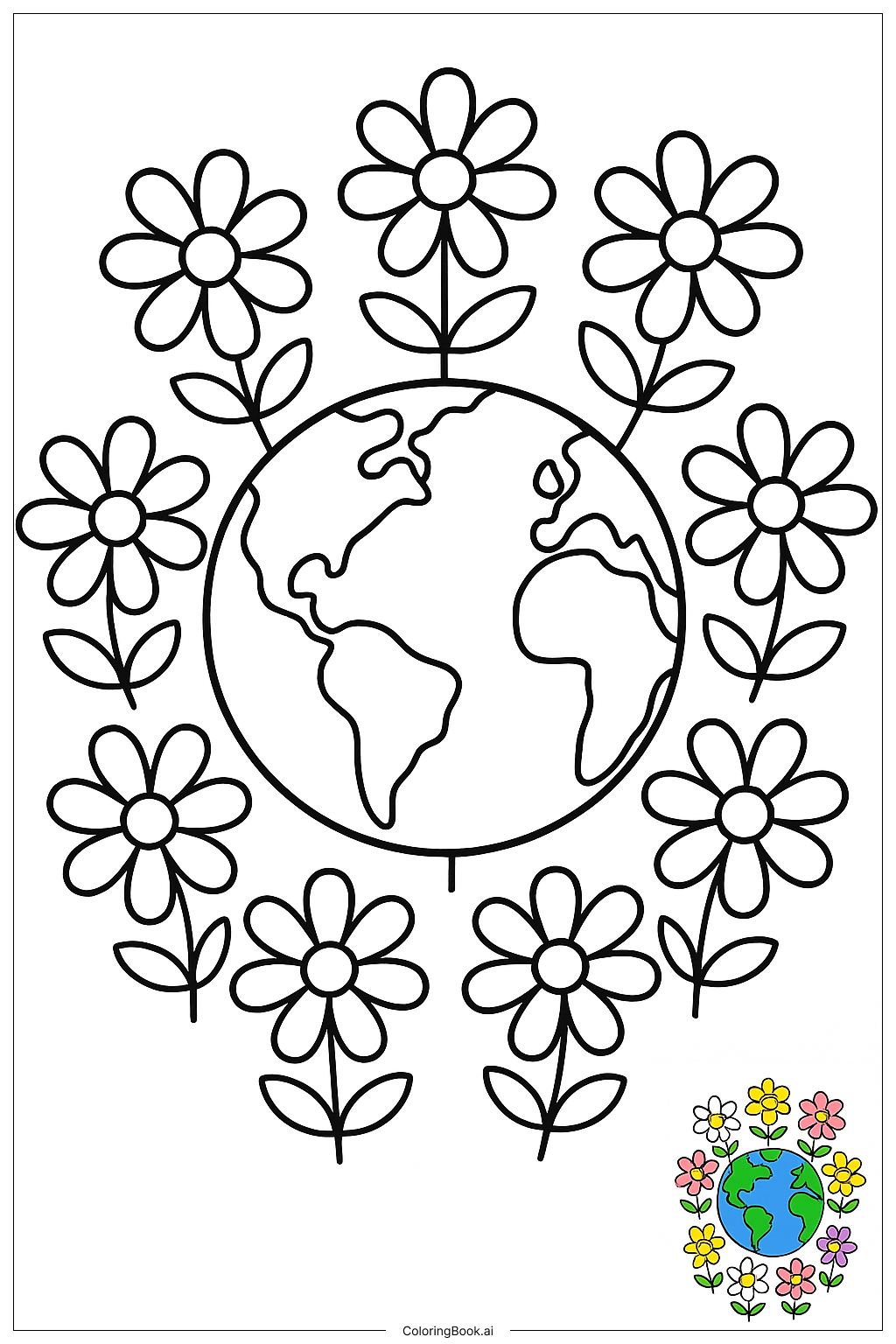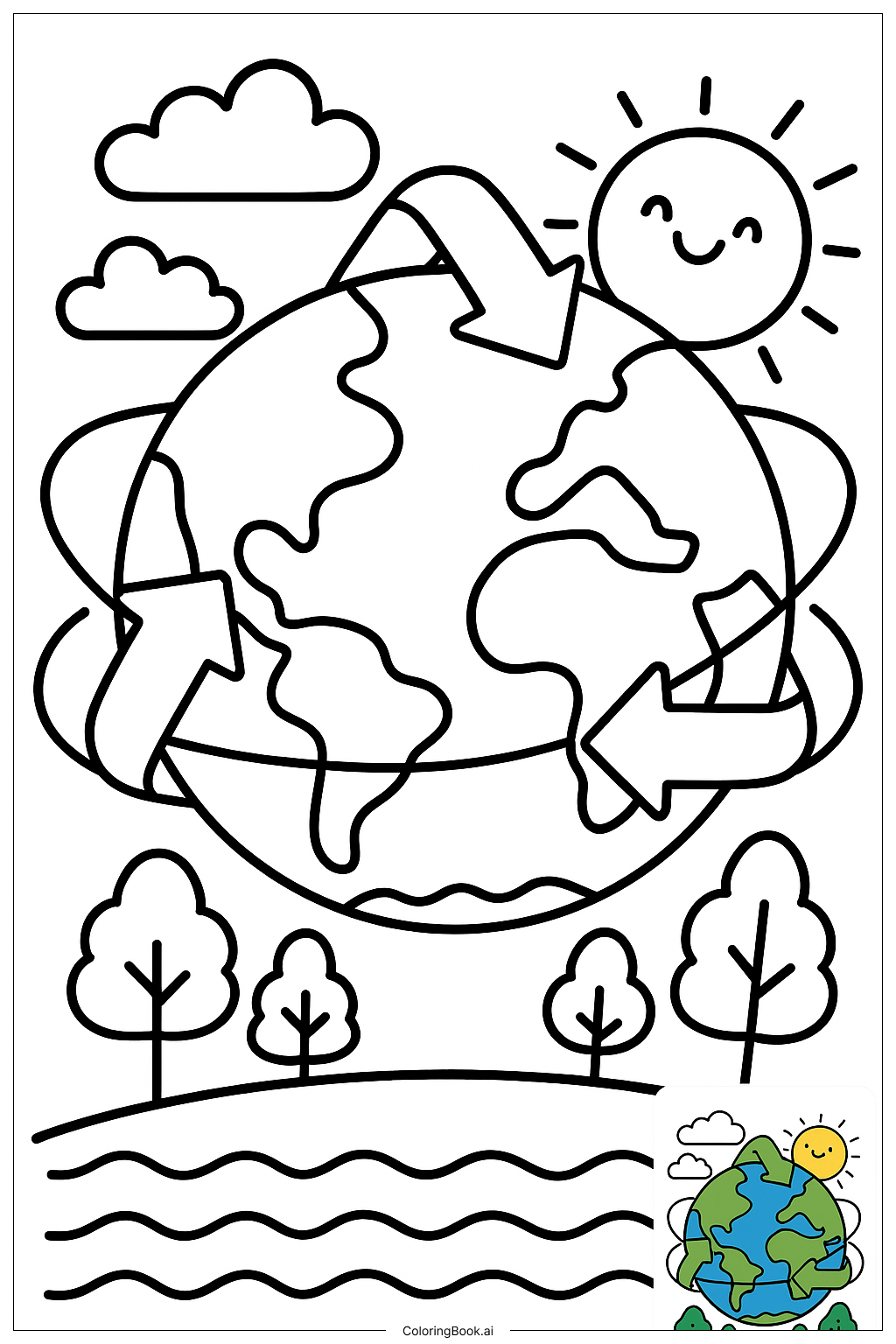Coloring tips: How to color Earth Day Earth Day History Timeline coloring page well?
To color this page, start with the Earth character in bright blues and greens for the land and oceans. Use warm colors like yellow or orange for the sun. For recycling, shades of green work best. The plants can be colored in various shades to show diversity, like light and dark greens. Wind turbines can be gray or white, and solar panels can be blue or dark purple. Feel free to add your own colors to make the page unique and playful!
Coloring challenges: Which parts are difficult to color and need attention for Earth Day Earth Day History Timeline coloring page?
1. Small Details: Some elements like the leaves and flowers have small parts. Kids may find it hard to fill in these tiny areas without going outside the lines. 2. Color Choices: Deciding what colors to use can be challenging. With so many choices, it might be tough for kids to pick their favorites. 3. Staying in Lines: Younger children might struggle to keep the crayon or pencil within the outlines, especially in detailed parts like the wind turbines. 4. Layering Colors: If children want to blend colors for a shaded effect, they may find mixing colors tricky. They might need a little guidance on how to layer their crayons or colored pencils.
Benefits of coloring books: Advantages of drawing Earth Day Earth Day History Timeline coloring page
Coloring this page is a fun way to learn about Earth Day! It teaches kids the importance of taking care of our planet. As they color, children develop fine motor skills and improve hand-eye coordination. Coloring also encourages creativity, as kids can choose any colors they like. There’s no right or wrong way to color! This activity can help reduce stress and promote relaxation, making it a great way to unwind. Plus, when they finish, children will have a beautiful picture they can proudly display!
